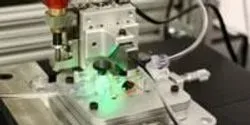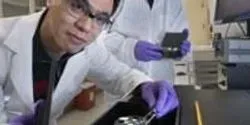DNA Analysis

A simple, lower-cost new method for DNA profiling of human hairs developed by the University of Adelaide should improve opportunities to link criminals to serious crimes.

Problem: PCR is used to detect or quantify nucleic acid sequences in research and diagnostic settings. While high specificity is often achieved, experimental design sometimes necessitates that primers be placed in suboptimal locations. This can lead to problems like the formation of primer dimers or off-target amplification of homologous sequences. The formation of primer dimers consumes primers and other reaction components, which can result in reduced target amplification. These structures can also generate false positive signals in real-time PCR assays that use DNA intercalating dyes to monitor amplification. Off-target amplification is particularly problematic with low copy-number targets because of the high number of cycles required for amplification and in multiplex assays, where many different primers must function well together.

Problem: Molecular biology relies on the ability to precisely target and amplify nucleic acids, and next-generation sequencing (NGS) platforms and cloning reactions benefit from precise size selection and analytical characterization of samples. For decades, researchers have used electrophoresis with agarose gels for both size selection and fragment-length distribution assessment of DNA samples for downstream assays.















